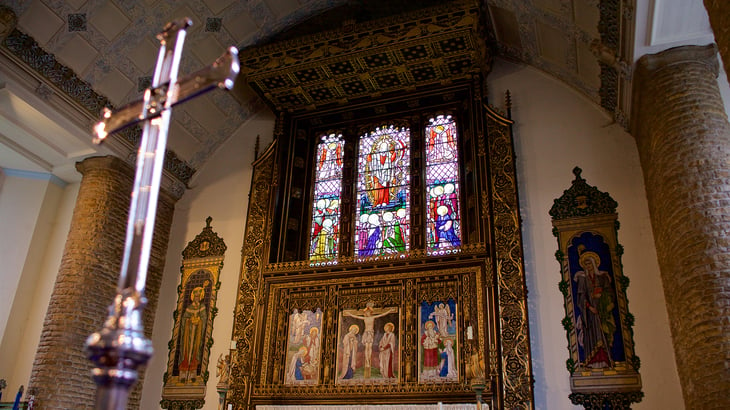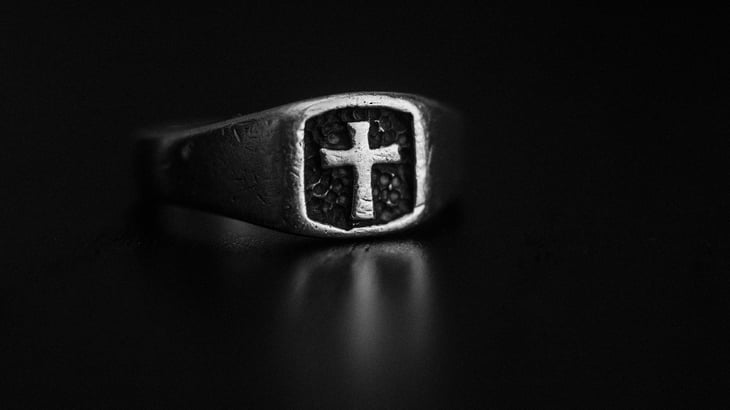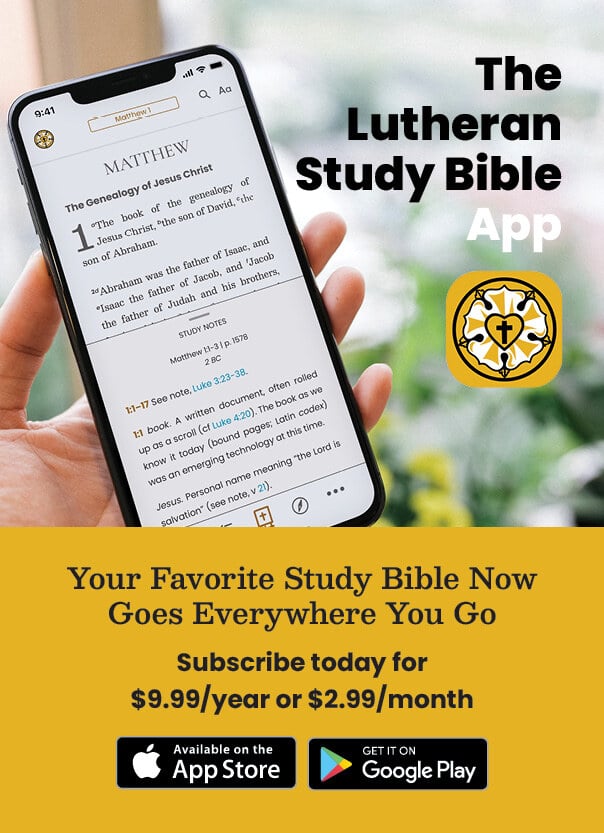Resources for Teaching the Faith at Home
Being a teacher involves patience, dedication, passion, lots of hours, and above all, love for your students. In these times of uncertainty when so many don’t know when they will be returning to school, how schools may look in the future, or if students are hearing the loving words of Jesus that they desperately need, be certain Jesus is with us as our guide.
Setting Up a Classroom Library Focused on Jesus
You may have asked yourself: Where do I begin when setting up a classroom library and how should I include books for Jesus time? Setting up a classroom library can be very costly and overwhelming. It’s important to think about each child’s possible interests and have a variety of books available for them. As a Lutheran educator, I find it especially important to have a large selection of books centered on Christ in our classroom library to help encourage students to gain a deeper understanding of who Jesus is and what He did for us.
Teaching Little Ones: About the Altar
Church services can sometimes be confusing for little ones. They will have questions about what they are seeing. Teaching young children about the individual parts of the church service can seem daunting. And it starts with learning yourself what it all means! It’s a great opportunity to help them grow and understand the symbols of our Christian faith. This is the second post in a series on teaching our youngest churchgoers about the parts of the service.
Teaching Kids About Pastor’s Vestments
Church services can sometimes be confusing for little ones. Why is it so quiet? Why does pastor wear that funny robe? Why do we say the same thing every week? Teaching young children about the individual parts of the church service can seem daunting. And it starts with learning yourself what it all means! This is the first of a series of posts on teaching our youngest churchgoers about the parts of service.
Teaching Children How to Pray
I will always remember the surprise and joy of listening to my brother’s first spontaneous prayer. In our family of six, my parents strove to lead nightly devotions and prayers. Though we didn’t get to it every night, it was enough that my brother, the youngest, was able to catch on to what we were doing. After a group prayer, the rest of us would take turns saying prayers out loud. In the middle of someone else’s petition, he suddenly burst out, “Thank You for the sandbox!” Then we knew it was time for Dalen to have a turn in our nightly prayers.
Teaching Moments and Retelling Scripture
Have you ever tried to explain Jesus’ family to a preschooler? It’s pretty fun. You get out a picture of Mary and Joseph with baby Jesus. You have this perfect little picture of Jesus with His mom and … hold on. You’re about to say dad, but you realize that’s kind of true and kind of … not true? And voilà. You’ve just taught the children about blended families without having any intention of doing so. Or at least, that wasn’t my own original intention as I stumbled upon this discussion my first year of teaching.
Some might call that a rookie mistake, but I like to think of it as a great example of why it’s valuable to read stories of Scripture over and over again. Here’s why.
How to Answer Kids’ Hard Questions about the Faith
I was helping a friend by driving her daughter home from school one day. My friend’s daughter is in kindergarten. She was telling me about her teacher, who was about to go on maternity leave. “Hmm . . . I never really thought about how the baby comes out. How does it come out?”
Thanksgiving Lesson Plans That Teach about God’s Overflowing Gifts
“You prepare a table before me in the presence of my enemies; you anoint my head with oil; my cup overflows.” (Psalm 23:5)
Around Thanksgiving, we think about being thankful to God for family, friends, and food. But how can we illustrate the lesson of God’s bountiful gifts in new ways? Having something visual and tangible can make things more understandable to children of all ages—and even to adults.
Teaching the Catechism in Grades 1-4
What do we do with Luther’s Small Catechism while students are still in elementary levels? Should we leave it on the shelf until our students enter confirmation class? Absolutely not! As these children develop academically, socially, emotionally, and physically; they will be developing spiritually as well. Catechizing your elementary school students is crucial to nurturing their faith development. When we use Luther’s Small Catechism to teach students about the Christian faith, we give them a sure foundation that will carry them to their confirmation classes and for the rest of their lives.






















